Podcast: Play in new window | Download
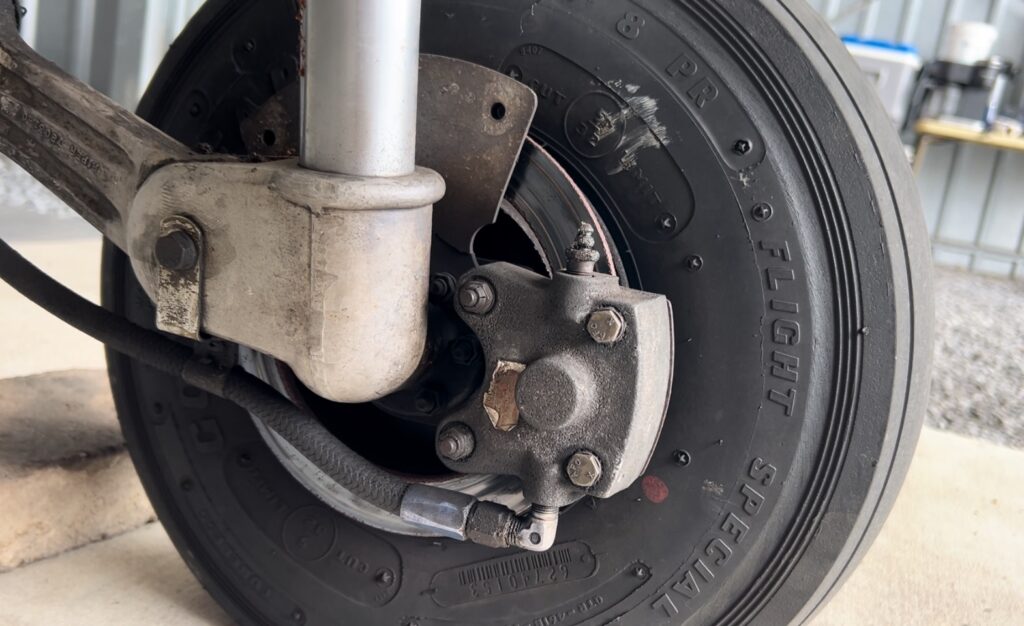
Everything looks normal in this photo, right?
What we can’t see from this angle is the fact that the brake disc has broken in two pieces!
Check it out:

Here’s the story:
The pilot landed the Piper Cherokee, and after a successful landing, something gave way on the left brake, and it became ineffective. Now we know why.
It’s definitely time for new brake discs, and this airplane will soon get new APS164-02000 Blacksteel brake discs that are corrosion resistant.
It will also be a good time to replace the worn tire on this wheel.
After some research, I discovered a retread Goodyear Flight Special II (like the airplane currently has on it,) is about half the price of a new one, and can be purchased directly from Wilkerson Tire Company here in Virginia!
And when I called them, a real live knowledgable and helpful person answered the phone… it was truly a great customer service experience (it was Mckaellen Wilkerson, a fourth generation member of the team there.)
I love supporting quality family businesses whenever possible, and Wilkerson appears to be one such business.
Here’s a link for their website if you want to check it out:
https://www.wilkersonaircrafttires.com
Thanks Mckaellen, for your excellent help!
In this podcast episode, I also shared two emails I received recently.
One was from Troy, who had some very helpful and interesting things to say about the last episode about single engine RG Cessna airplanes. Thanks Troy, for the reminder that if one of these airplanes is not high enough and the gear is retracted, it can actually lift the airplane right off the jacks… yikes!
Be sure to listen to the audio to hear the rest of his email.
The second email I mentioned was from Fabien.
He and his family moved to the US awhile back and they fly a nice V35B Bonanza. He had a question about where to get his ruddervators stripped and repainted due to some corrosion that has been developing.
If you have any excellent recommendations for V-Tail Bonanza ruddervator paint work, you can contact Fabien directly at the following email:
fabien.turpaud{at}icloud{dot}com
Along with his paint question, he also shared some really great photos and gave permission to include them here:

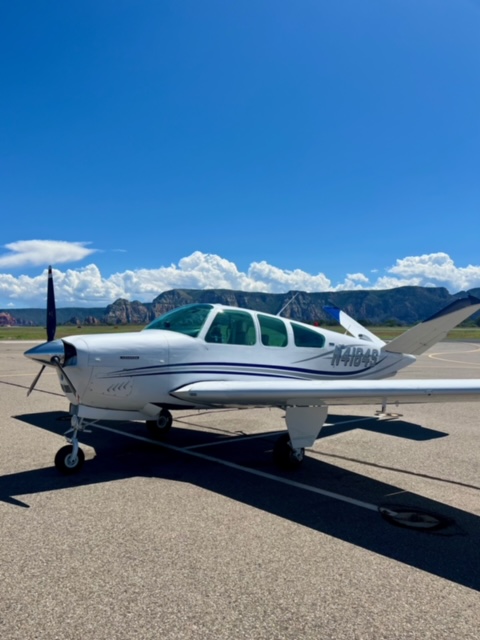
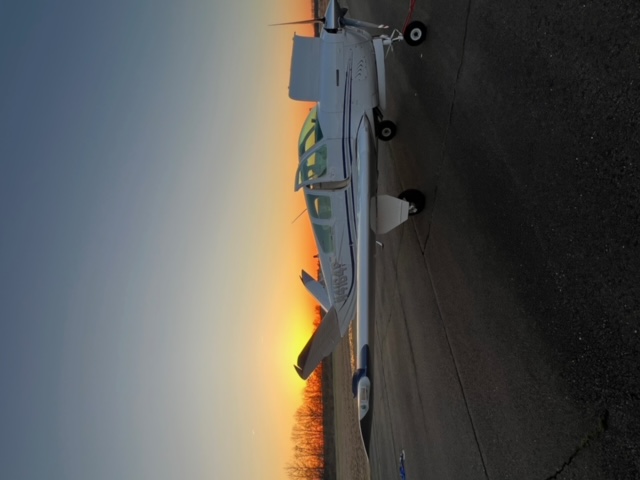
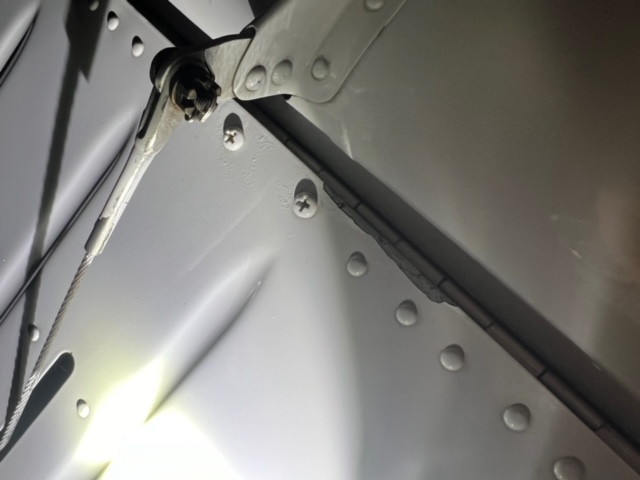
The filiform corrosion on the ruddervators is not critical yet, but Fabien is being proactive about making a plan to remedy the issue as soon as reasonable.
Hopefully we can find a good solution for Fabien to get his ruddervators repainted with minimal down time so he can continue the adventures with his family!
The post, “247 – Brake Failure After Landing” appeared first at AirplaneOwnerMaintenance.com
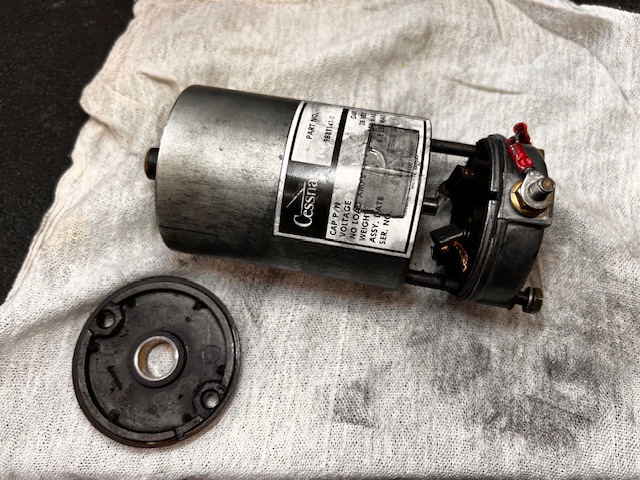



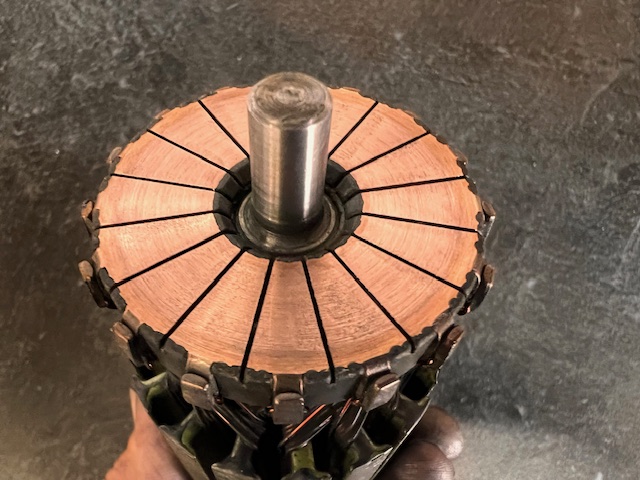
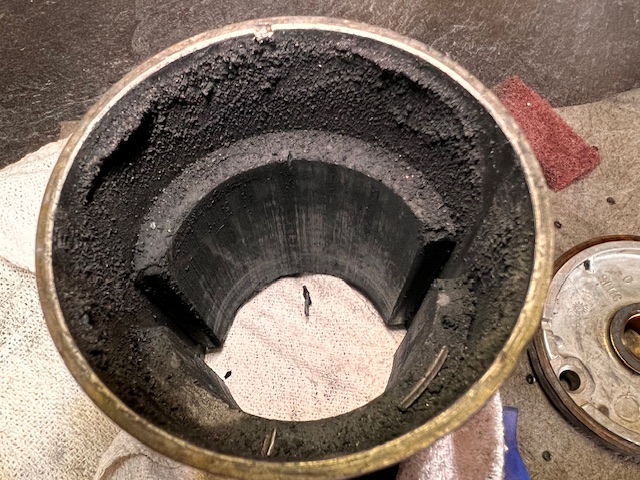





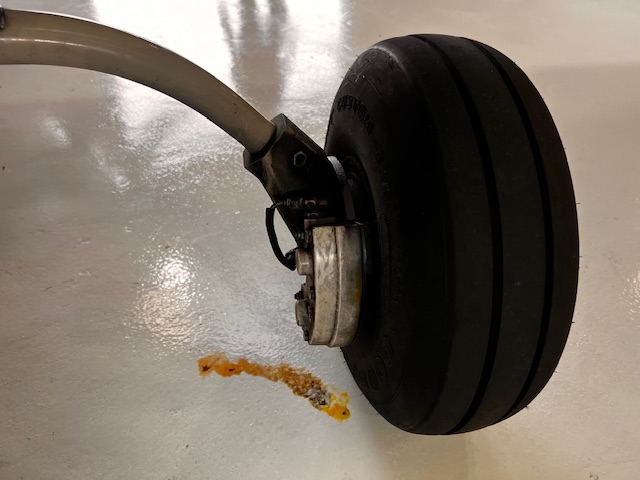

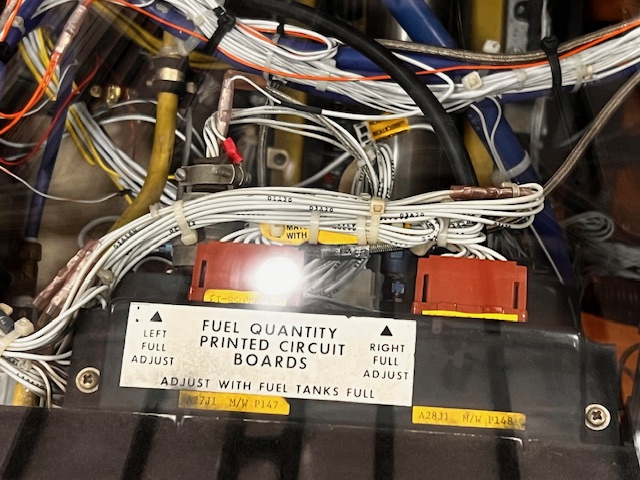


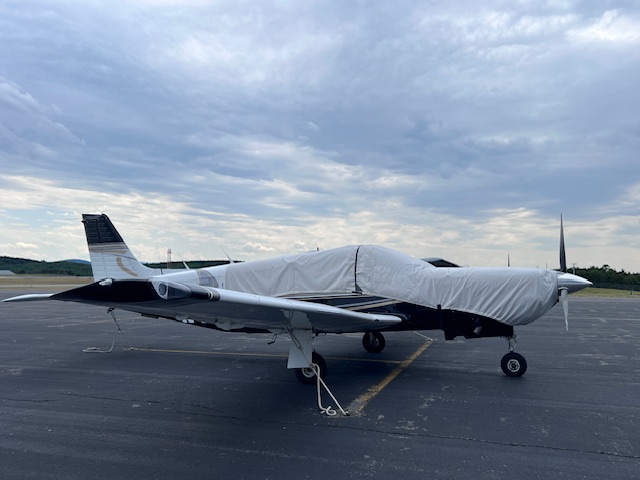


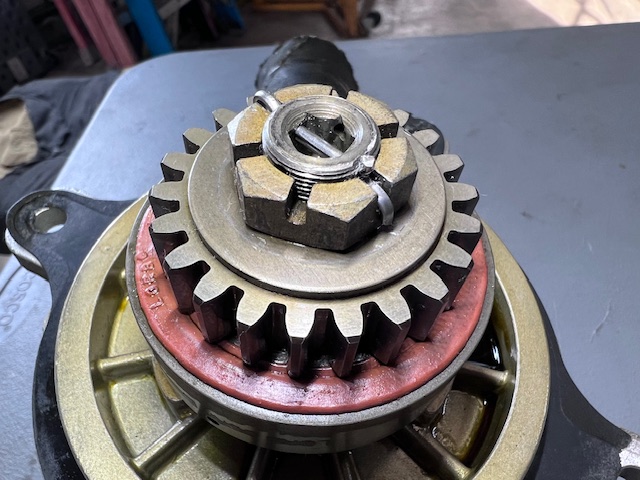




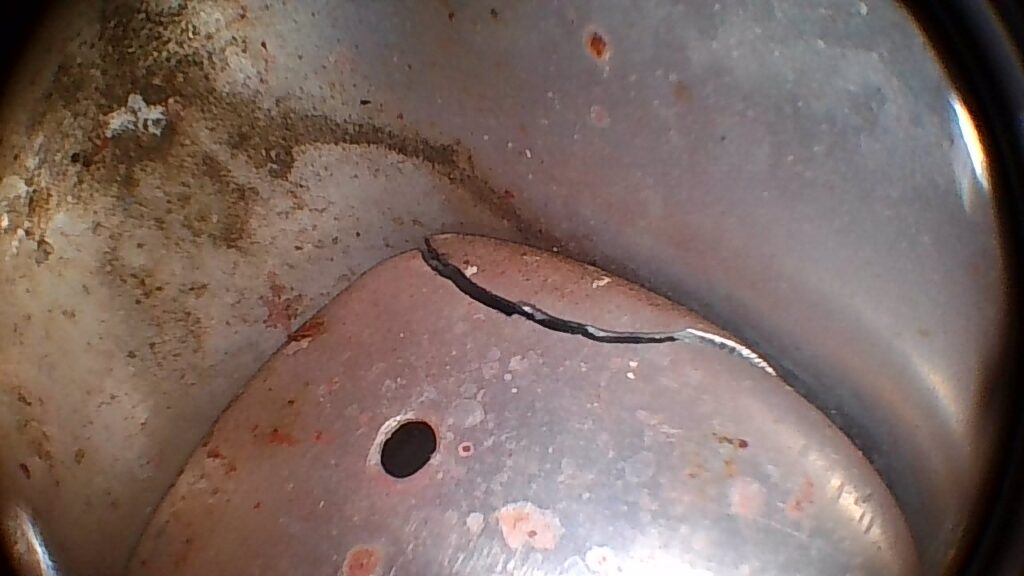
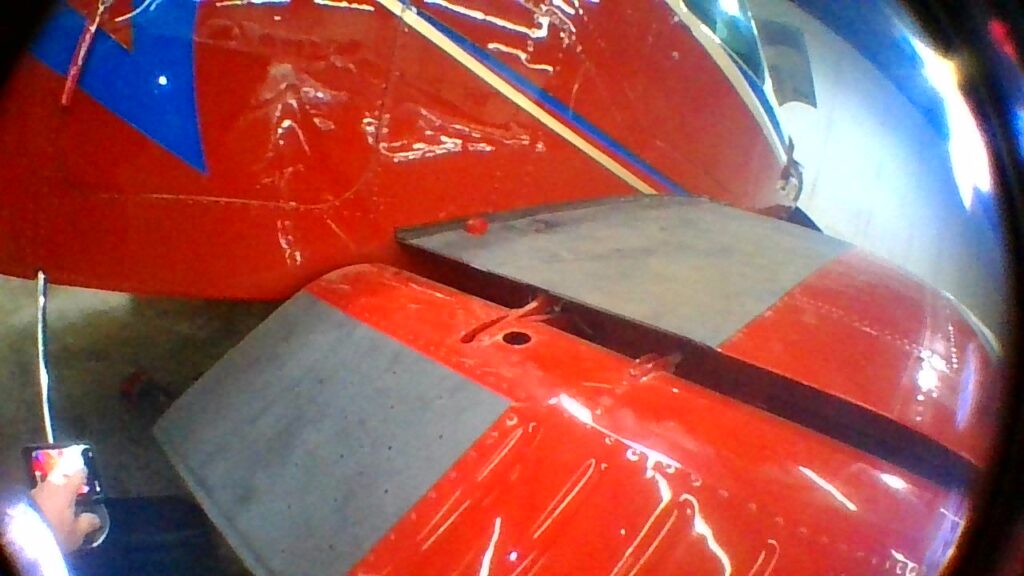

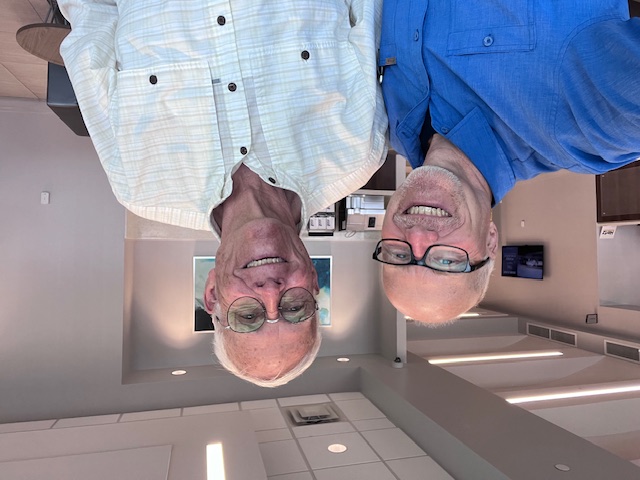



Recent Comments